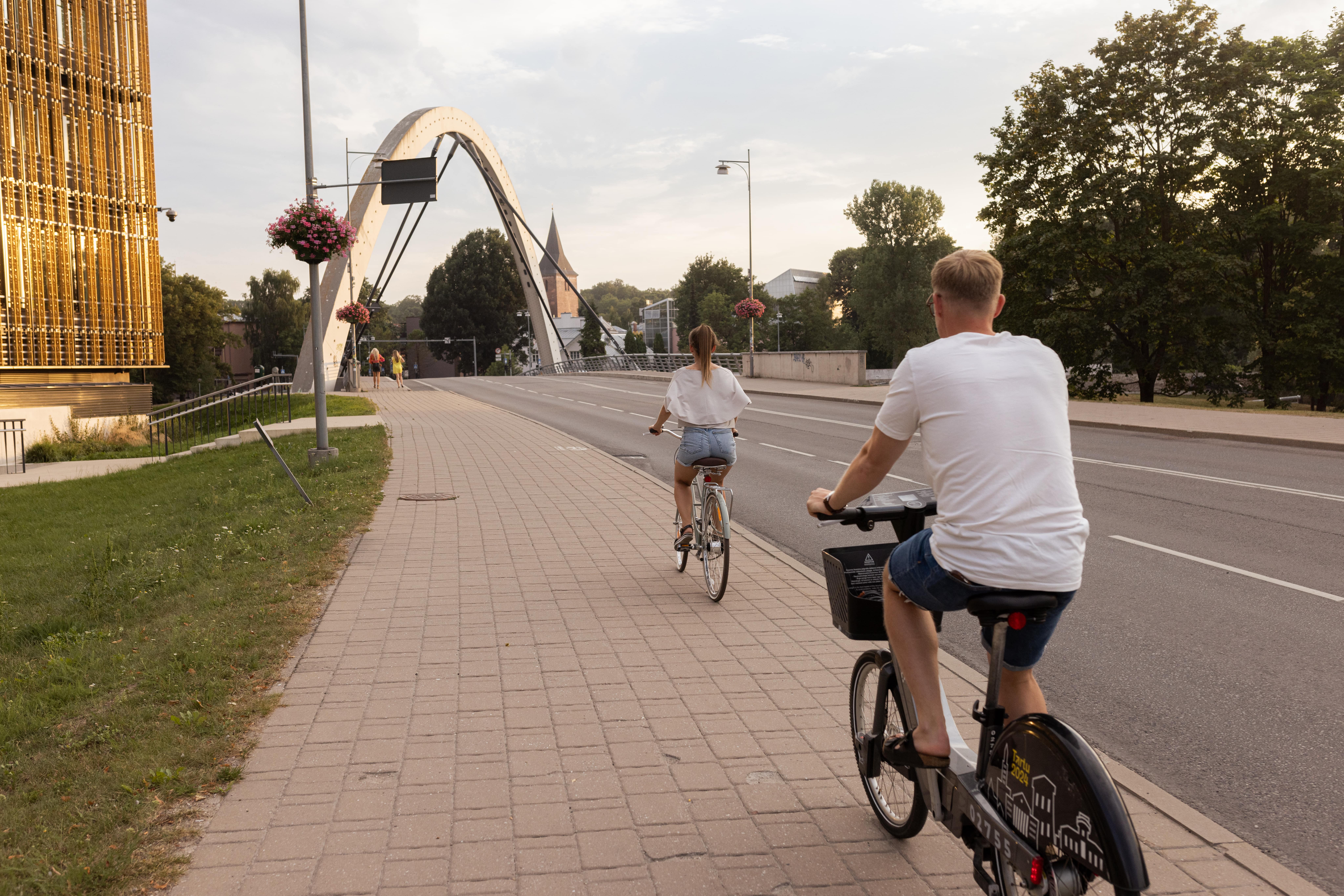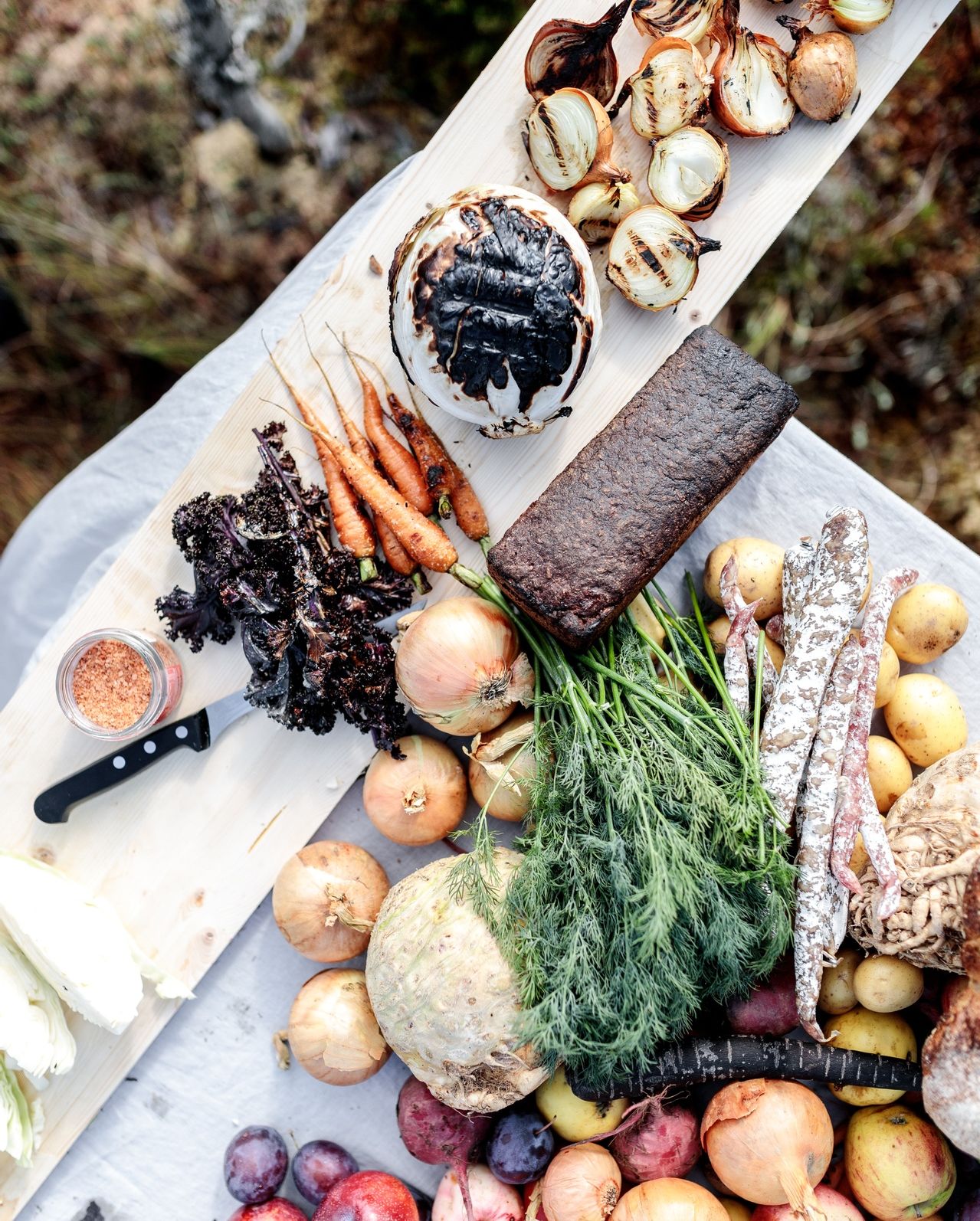
Tips for sustainable travel in Estonia
Look for quality labels, buy local, and get off the beaten path: here are the best ways to make your trip to Estonia as green as possible.
The eco-friendly mindset has long been part of the Estonian ethos.
Just look at World Cleanup Day. This country of 1.3 million convinced more than 18 million people to come together to clean up the planet and has been doing so for over ten years.
Although Estonia's population may be small, thousands of people are dedicated to developing and maintaining sustainable tourism destinations throughout the country. Sustainable tourism is the key to ensuring that generations to come will still be able to enjoy the natural world and local cultures.
If you want to join the sustainability movement in Estonia, we've got you covered. These tips will show you how you can make sure that future generations can enjoy the experience of travel as much as you do today.
Spend money locally.
The easiest way to spend local? Look at your dining options. Many restaurants and cafes specialize in local products, such as Estonian dairy and fish from Lake Peipsi. You can also look for local options at the grocery store or market, such as an Estonian pirukas, a flaky pastry filled with meat, vegetables, cheese, or fruit that makes a delicious handheld snack while on the move.
Local, seasonal ingredients also feature prominently in the Estonian restaurant scene. Check out the MICHELIN Guide's Green Star recommendations for the most sustainable, eco-friendly dining options in the country. There are now three restaurants in Estonia that meet the Guide's demanding criteria, and
Food isn't the only place to spend locally. Seek out Estonian designers and handicrafts for your souvenirs. Estonia has a rich history of fiber arts, woodworking, and pottery. Plus, you can find Estonian-made cosmetics, soaps, and candles. Traditional arts and the natural environment have also inspired fashion designers in recent years. There are even local designers dedicated to sustainable fashion, such as Reet Aus, whose upcycled collections are made from post-production leftovers.

Source: Renee Altrov
Estonia's MICHELIN Green Star restaurants
Places to find local designs and handcrafted souvenirs
Look out for quality labels.
Green Key is an international quality label for tourism entrepreneurs. Green Key unites hotels, guesthouses, restaurants, and other establishments in 60+ countries. The goal of Green Key is to achieve a balance of quality, convenience, and environmentally friendly practices.
Companies that have joined the Green Key in Estonia set environmental goals and meet the mandatory criteria related to the label, including the use of electricity, heating, water waste and so on. The produce in Estonia’s Green Key establishments is locally sourced, promoting activities related to nature and local cultural heritage in its area. All Green Key labelled establishments are reviewed once a year.
There are also a number of food labels you can look for as you travel the country. For example, on Saaremaa, look for EHTNE. This label is given to foods and culinary products made from raw ingredients grown on Saaremaa or taken from the Baltic Sea.

Source: Priidu Saart

Try your hand at foraging.
Foraging is a national pastime in Estonia, and the forests are full of tasty treasures. Depending on the season, you can find mushrooms, wild garlic, blueberries, cranberries, and cowberries. If you don't know where to go, go with a guide — their expert knowledge can keep you from picking the wrong thing.
After you fill up a basket in the forest, head to a local market for the rest of your ingredients. Hearty black bread is an Estonian staple; it's the perfect complement to any home-cooked meal. You can also try sausage made from moose or wild boar, smoked fish and cheese, pickles and pickled pumpkin, and kohuke, a chocolate-covered dessert made from kohupiim.

Source: Priidu Saart
Guided foraging tours around Estonia
Visit Green Destinations.
Estonia participates in the international Green Destinations program. For several years in a row, Green Destinations has selected several Estonian locations for their TOP 100 list of sustainable destinations. In 2023, success stories from Hiiumaa, Saaremaa, Järvamaa, Lahemaa, Pärnu, Rakvere, and Tartu were featured on the list.

Source: Priidu Saaart
Explore Estonia's 2023 Green Destinations
Travel slow and get off the beaten path.
Estonia's compact cities are best enjoyed on foot. Walking tours can help you get a feel for different neighborhoods. Cities aren't the only places for walking; Estonia is also home to thousands of kilometers of well-marked hiking trails. You can also try out sections of longer trails, such as the Baltic Coastal Hiking Route or the Camino Estonia, a pilgrimage route connecting Estonia to the Camino Santiago in Spain.
High volumes of tourists can stress local resources. By staying longer in a place and away from the typical tourist attractions, you'll be practicing more sustainable tourism.
Simply by visiting Estonia, you've already gone off the beaten path.
But once you're here, it's easy to lose track of time and spend days walking deserted beaches, hiking through untouched forests with only the birds for company, or poking around quaint villages without another tourist in sight.

Source: Hans Markus Antson
Get inspired
Last updated
29.05.2024